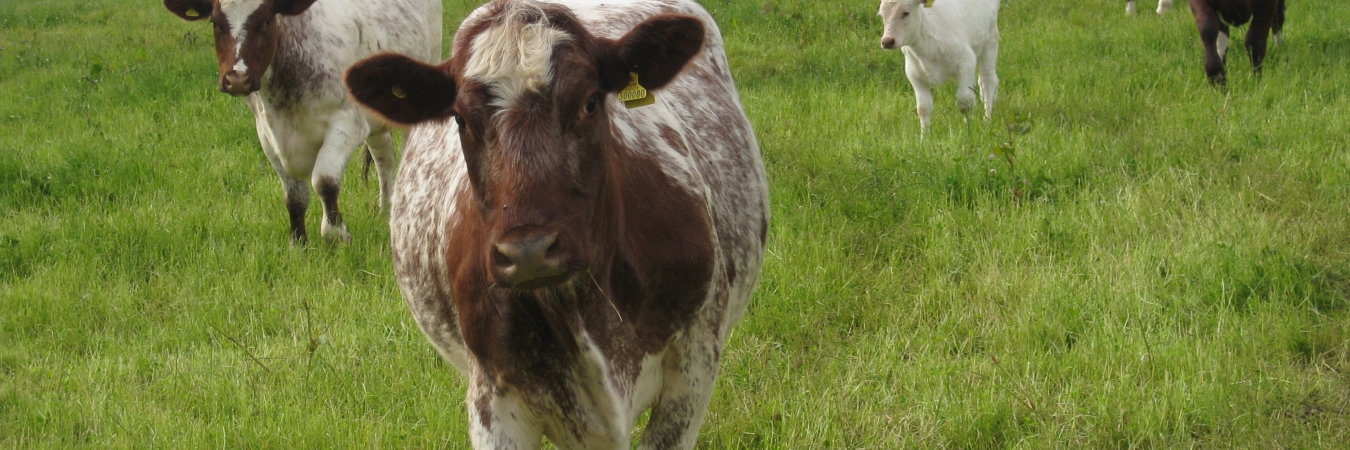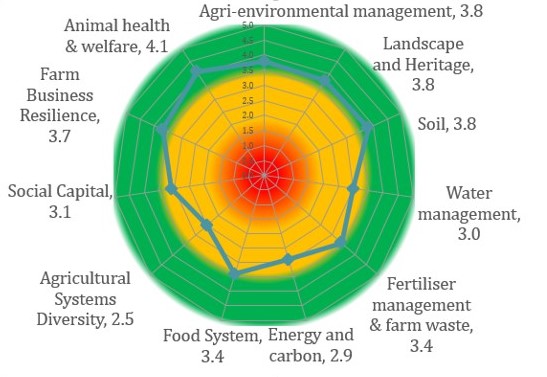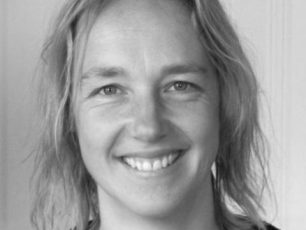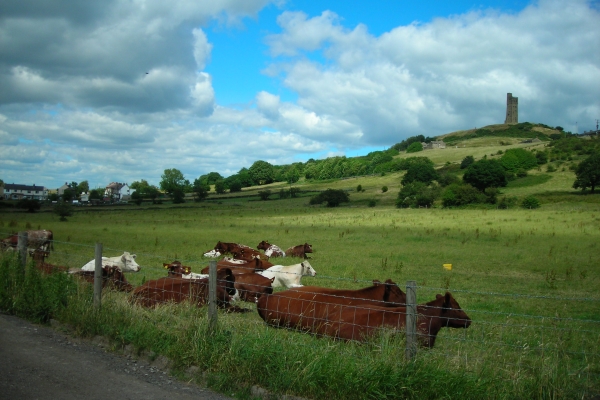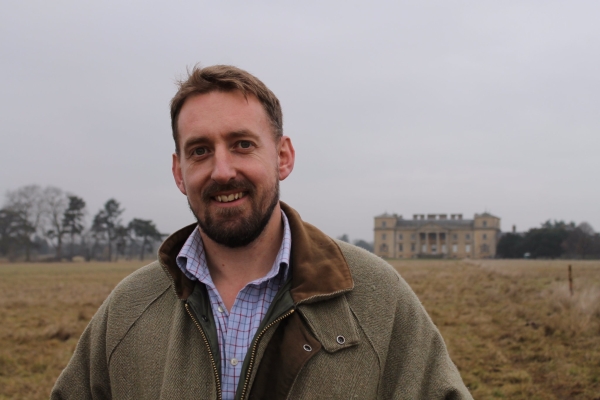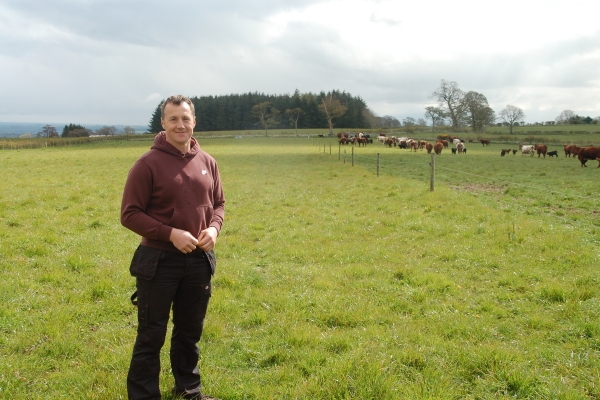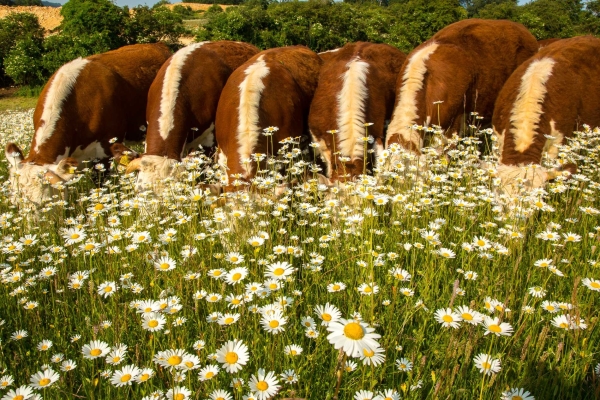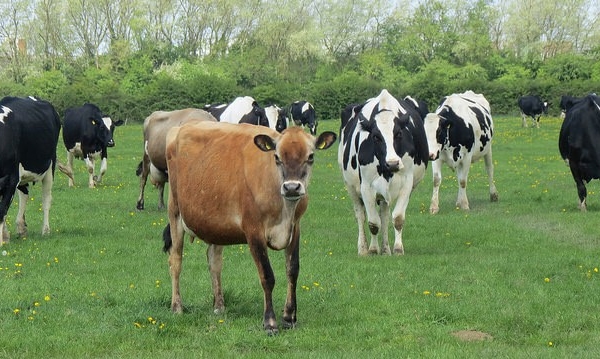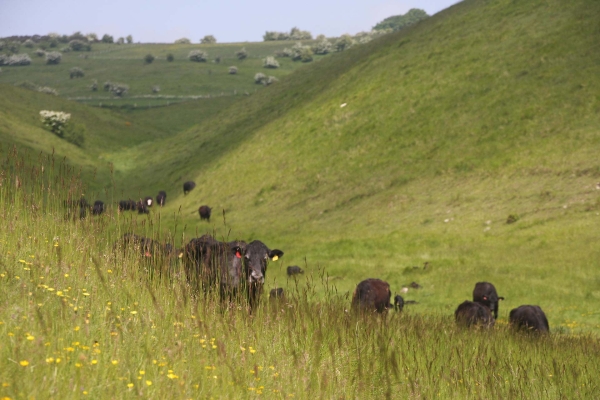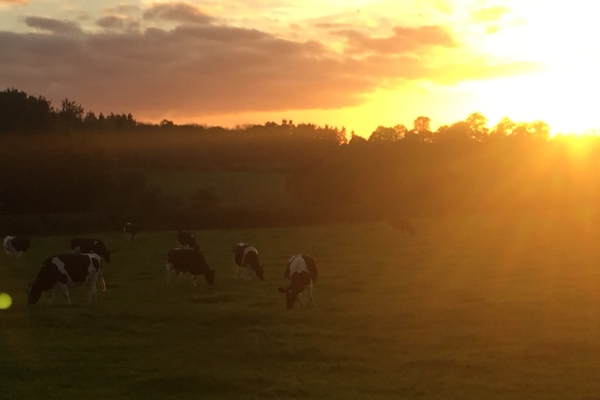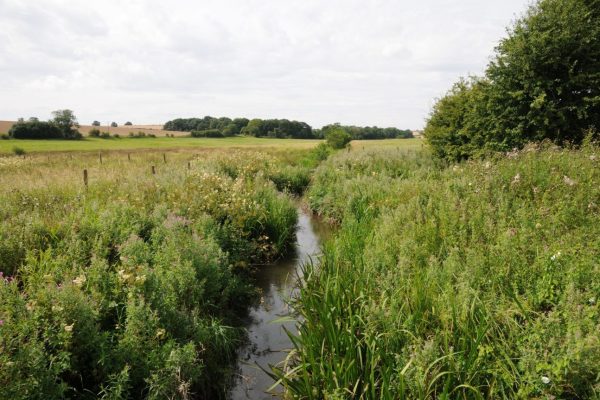Pasture-fed farming and public goods
Have you ever wondered about all the things that your land delivers and whether there may be any way of measuring it? Not so long ago Michael Gove, as Environment Secretary, talked a lot about the historic opportunity provided by Brexit for ensuring that any funding for farming (which may replace the funding under CAP), rewards the delivery of public goods from land and not just food production. But if this is going to be possible, we need to find ways of identifying and measuring them.
The rather lengthily titled ‘Sustainable economic and ecological grazing systems – learning from innovative practitioners’ (SEEGSLIP) project has been using a ‘Public Goods Tool (PG Tool)’ developed by the Organic Research Centre (ORC) for Defra to do just that. The project is working with Pasture-Fed Livestock (PFL) farmers to evidence their practices, and providing wider evidence of the delivery of Public Goods is a key part of the research. Initially researchers from the ORC met with farmers at a workshop (in 2018) to identify the ‘Goods’ that they felt needed to be taken into account. The original PG Tool, which had been used in a number of previous projects, was then amended to include extra information in order to make sure that it was fit for purpose for PFL farms. A further request by the PFLA and the AHDB for more data to improve the economic benchmarking of PFL practices led to further additions.
In summer 2018, myself and my colleague, Markus Wagner from UKCEH visited 56 farms across Great Britain to carry out some fieldwork and to meet with farmers to go through the PG Tool. The PG Tool is essentially a questionnaire which has eleven different sections (see below), each one with different numbers of questions. Some of the sections were pretty challenging for both farmers and researchers, involving complex data on animal numbers across the year and on land uses, whilst others were more straightforward; like the sections on agri-environmental schemes or agricultural system diversity.
The process of filling in the questionnaire was a learning experience for both researchers and farmers, with farmers often surprised to realise all the areas which their farming affects. Not all farmers had data to hand on water, fuel and electricity use, or had ever considered all the financial aspects of their business together at the same time, and in filling in the tool they were encouraged to think more holistically about their businesses. Ideally the tool was fully completed during the farm visit, enabling the farmer to literally get a picture of PG delivery from his/her farming system. However, in practice it was not always possible to access all the data needed and so tools for a number of farms were completed after the visit.
The tool scores farms in all eleven areas covered, on the basis of answers to a number of the many questions posed. To make it easy to see all the scores at once, the PG Tool results are presented in a diagram that looks like a spiders web, with each of the eleven supporting strands representing an area of goods delivered. Scores range from 1 to 5 on each axis, with low scores in the centre of the web coloured red, through to amber, to high scores in the green part at the edges of the web. Once we were able to get as much data as we could we sent versions of the PG Tool to each of the participating farmers, so that they could see how their farms scored.
To enable farmers to discuss their results, the process, and the results overall for all PFL farmers visited, we have held a series of workshops run by the ORC. Farmers are encouraged to discuss and challenge their findings and to learn from one another about how practices influence scores.
The ‘average’ findings for all PFL farmers are presented below. The thick blue line shows that the delivery of public goods from PFL farms is, on average in, or very close to, the green part of the web and therefore pretty good. We tend to find that farmers immediately picked up on areas that are NOT green but in most cases farmers scored above 3 and as farmers argued themselves, a lack of system diversity (the lowest scoring axis) does not mean that a farm is not being managed well, it just means that enterprises on farm are restricted.
We believe that the PG Tool is a useful way of showing what a farm has to offer (with food being just one of eleven axes) and that the process of going through farmers with the tool is valuable in itself.
Next steps for us in the project are to look at the PFL tools against tools for other agricultural systems. We will also look in more detail at some of the data collected alongside soil and vegetation data collected on farms to see if we can find strong links between practice and field conditions.
Lisa Norton writes of herself “I have been working as part of the Land Use Group at the UK Centre for Ecology and Hydrology (CEH) in Lancaster for 20 years. As a plant/landscape ecologist, I have led and been involved with CEH’s national survey of the UK (Countryside Survey) which records the state and change in UK habitats, landscape features, vegetation, soils and water over time. I have a particular interest in the relationship between agriculture and ecology and between farmers and the land that they manage and I work closely with social and economic scientists and with farmers and policy makers towards identifying approaches for sustainable environmental management. In my spare time I like being outside and being active; walking, running and swimming and I also enjoy coaching young athletes. As well as being active, I am also happy (on a nice day) to be still and enjoy what is around me, especially if I can name it!”
Header image credit: Markus Wagner
